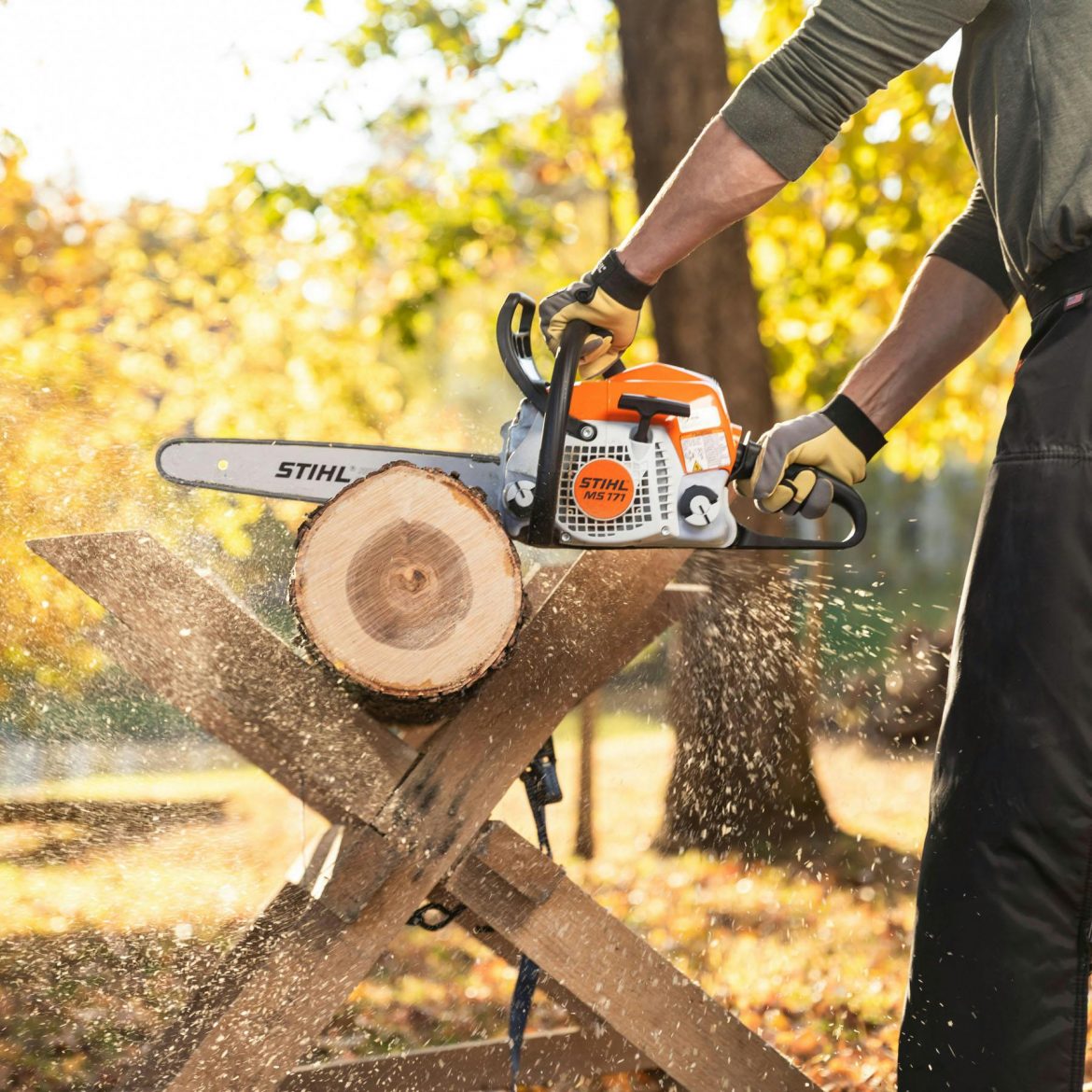In the world of forestry and woodworking, the chainsaw is an indispensable tool. It has revolutionized the way we fell trees and cut timber, making the process faster and more efficient. However, there is a peculiar technique that has been gaining attention among chainsaw enthusiasts and professionals alike - the upside-down chainsaw bar. In this article, we will explore the reasons behind this unconventional approach and delve into its potential benefits.
- Understanding the Upside-Down Chainsaw Bar Technique:
The traditional chainsaw setup consists of a guide bar positioned with its cutting edge facing downwards. However, some experts have started experimenting with flipping the bar, placing the cutting edge facing upwards. This seemingly counterintuitive technique has sparked curiosity and debate within the industry. - Enhanced Safety and Control:
One of the primary reasons for adopting the upside-down chainsaw bar technique is the improved safety and control it offers. With the cutting edge facing upwards, the chainsaw operator can have a better view of the cutting path, reducing the chances of accidental contact with obstacles or limbs. Additionally, the inverted bar allows for more precise cutting, especially in challenging positions or tight spaces. - Increased Cutting Efficiency:
Contrary to initial expectations, the upside-down chainsaw bar technique has shown promising results in terms of cutting efficiency. By flipping the bar, the chain's cutting teeth engage with the wood in a different manner, resulting in cleaner and smoother cuts. This can significantly reduce the need for additional finishing work, saving time and effort. - Extended Bar and Chain Lifespan:
Another advantage of the upside-down chainsaw bar technique is the potential to extend the lifespan of the bar and chain. When the cutting edge faces upwards, it encounters less contact with the ground, reducing the risk of hitting rocks, dirt, or other abrasive materials. This can minimize wear and tear, ultimately leading to longer-lasting equipment. - Adapting to Different Cutting Situations:
The versatility of the upside-down chainsaw bar technique is worth mentioning. It allows operators to adapt to various cutting situations, such as working on branches above shoulder height or cutting horizontally close to the ground. This flexibility can be particularly useful in arboriculture, where precision and maneuverability are crucial.
Conclusion:
The upside-down chainsaw bar technique challenges conventional wisdom but offers a range of potential benefits. From improved safety and control to increased cutting efficiency and extended equipment lifespan, this unconventional approach has piqued the interest of chainsaw enthusiasts worldwide. While further research and experimentation are needed to fully understand its implications, early adopters have already reported positive results. As the industry continues to evolve, embracing innovative techniques like the upside-down chainsaw bar may unlock new possibilities and redefine the way we approach forestry and woodworking.


